
The American Hockey League (AHL) is a professional ice hockey league based in the United States and Canada that serves as the primary developmental league for the National Hockey League (NHL). As of the 2023–24 AHL season, 31 of the 32 AHL teams had an official affiliation with an NHL team; immediately following season's end, the Chicago Wolves and Carolina Hurricanes finalized an affiliation agreement, resulting in all AHL teams having an NHL affiliation for the upcoming 2024–25 season. Historically, when an NHL team does not have an AHL affiliate, its players are assigned to AHL teams affiliated with other NHL franchises.
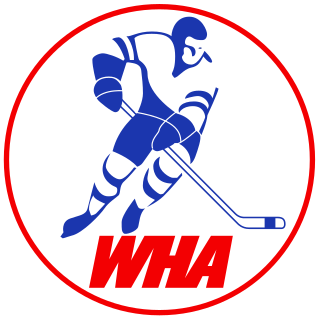
The World Hockey Association was a professional ice hockey major league that operated in North America from 1972 to 1979. It was the first major league to compete with the National Hockey League (NHL) since the collapse of the Western Hockey League in 1926. Although the WHA was not the first league since that time to attempt to challenge the NHL's supremacy, it was by far the most successful in the modern era.

The Winnipeg Jets were a professional ice hockey team based in Winnipeg. They began play in the World Hockey Association (WHA) in 1972. The club joined the National Hockey League (NHL) in 1979 after the NHL merged with the WHA. Due to mounting financial troubles, in 1996 the franchise moved to Phoenix, Arizona and became the Phoenix Coyotes. The team played their home games at Winnipeg Arena.

TD Place Arena, originally the Ottawa Civic Centre, is an indoor arena located in Ottawa, Ontario, Canada. The arena can seat 5,500 people, and with the upper bowl open it can hold 8,585 people. Opened in December 1967, it is used primarily for sports, including curling, figure skating, ice hockey, and lacrosse. The arena has hosted Canadian and world championships in figure skating, curling, and ice hockey, including the first women's world ice hockey championship in 1990. It is also used for concerts and conventions such as Ottawa SuperEX.

Winnipeg Stadium was a multipurpose stadium in Winnipeg, Manitoba, Canada.

The Manitoba Moose are a professional ice hockey team based in Winnipeg, Manitoba, Canada, and a member of the American Hockey League (AHL). The team plays its home games at Canada Life Centre, the home arena of its parent club, Winnipeg Jets of the National Hockey League (NHL).

Canada Life Centre is an indoor arena in downtown Winnipeg, Manitoba, Canada. The arena is the home of the National Hockey League's Winnipeg Jets and their American Hockey League affiliate, the Manitoba Moose.

Mary Brown's Centre is an indoor arena and entertainment venue located in downtown St. John's, Newfoundland and Labrador, Canada. The arena opened in May 2001, replacing Memorial Stadium. At full capacity the arena can seat 7,000 people.
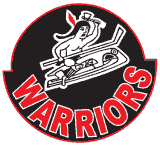
The Winnipeg Warriors were a junior ice hockey team that played in the Western Hockey League. They were founded as an expansion team in 1980, but suffered from attendance problems competing with the Winnipeg Jets of the National Hockey League and ultimately moved to Moose Jaw, Saskatchewan in 1984, becoming the Moose Jaw Warriors. During their time in Winnipeg, the team played at Winnipeg Arena. Winnipeg's struggles at the gate were matched by the Warriors' futility on the ice, as the franchise qualified for the playoffs only once in their four years in Winnipeg: a three-game sweep at the hands of the Lethbridge Broncos in 1983. The Warriors 1983–84 record of 9–63–0 is the second-worst 72 game mark in league history. Only the Victoria Cougars' record of 5–65–2 in 1989–90 was worse.
This is a timeline of events throughout the five decade-plus history of the Western Hockey League (WHL).

Shea's Amphitheatre, also known as the Winnipeg Amphitheatre, was an indoor arena located in Winnipeg, Manitoba, Canada. It seated 6,000 spectators.
Winnipeg has been home to several professional hockey, football and baseball franchises. There have also been numerous university and amateur athletes.
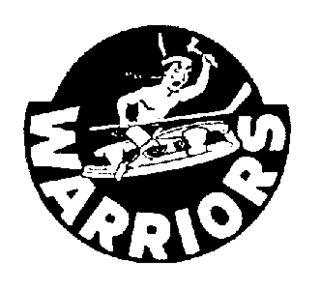
The Winnipeg Warriors were a minor league hockey team that played in the Western Hockey League from 1955 to 1961. Owned by Winnipeg's prominent Perrin family, the Warriors represented the return of professional hockey to Winnipeg after a 27-year absence.

Quinton Howden is a Canadian professional ice hockey forward who plays for Västerviks IK of the HockeyAllsvenskan. He was drafted by the Florida Panthers in the first round of the 2010 NHL Entry Draft, 25th overall. He was also selected to play in the 2011 and 2012 World Junior Ice Hockey Championships for Canada.
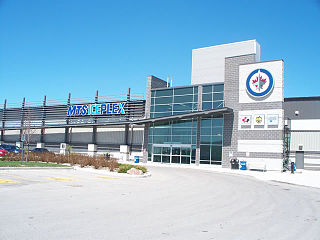
Hockey for All Centre is an ice hockey facility located in Winnipeg, Manitoba near the Red River Exhibition.

The Winnipeg Jets are a professional ice hockey team based in Winnipeg. The Jets compete in the National Hockey League (NHL) as a member of the Central Division in the Western Conference. The team is owned by True North Sports & Entertainment, playing its home games at Canada Life Centre.

True North Sports and Entertainment Limited is a Canadian company based in Winnipeg, Manitoba, that owns and operates Canada Life Centre in downtown Winnipeg and the Winnipeg Jets of the National Hockey League. The company also owns the Jets' minor league affiliate, the Manitoba Moose of the American Hockey League. Aside from hockey, TNSE is also involved in real estate with True North Square, and are active in bringing concerts and other acts to Winnipeg.

The St. John's IceCaps were a professional ice hockey team based in St. John's, Newfoundland and Labrador, Canada. They were members of the North Division of the Eastern Conference of the American Hockey League (AHL). The team was originally affiliated with the second incarnation of the Winnipeg Jets from 2011 to 2015. However, beginning in the 2015–16 AHL season, they became the top affiliate of the Montreal Canadiens of the National Hockey League (NHL) after the Jets relocated their franchise back to Manitoba and the Canadiens moved the former Hamilton Bulldogs franchise to St. John's. The IceCaps were the second AHL team to be located in St. John's, following the Toronto Maple Leafs' affiliate, the St. John's Maple Leafs from 1991 to 2005.
The 1996–97 IHL season was the 52nd season of the International Hockey League, a North American minor professional league. 19 teams participated in the regular season, and the Detroit Vipers won the Turner Cup.
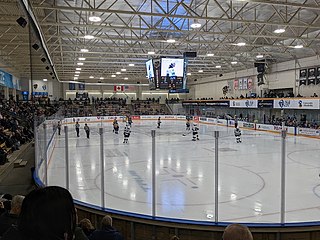
The Max Bell Centre is a multipurpose athletic facility located on the University of Manitoba campus in Winnipeg, Manitoba, Canada. It is located across the street from IG Field and next to the Investors Group Athletic Centre. Inside the complex is the Wayne Fleming Arena as well as the James Daly Fieldhouse, an indoor track and fieldhouse.


















